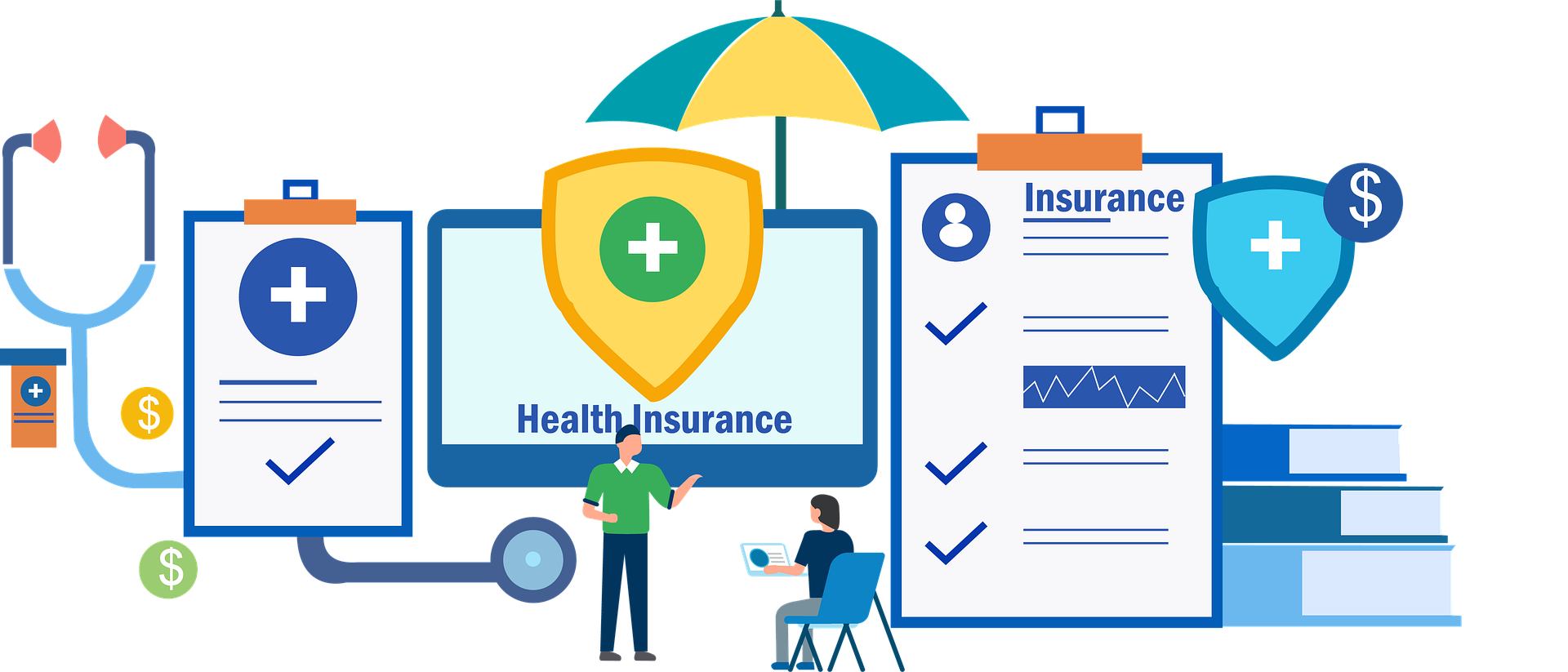Towven.com – Having health insurance means you have a safety net for life’s unexpected medical expenses. It helps cover the cost of doctor visits, hospital stays, and even prescription medications.
More importantly, it ensures you get the necessary medical care when you need it without worrying about the financial burden.
Health insurance might sound like one of those adulting things that’s a bit tricky, but it’s actually pretty manageable once you get the hang of it. so how to get health Insurance?
Things Important on how to get health insurance
In this guide, we’ll walk you through the steps to get health insurance, helping you understand the basics, compare plans, and choose the coverage that best fits your needs.
So, let’s embark on this journey together and make health insurance something you can confidently navigate.
1. Understand Why You Need It
First things first, let’s talk about why you even need health insurance. Imagine life throws you a curveball – like a surprise trip to the hospital or a chronic condition that needs regular treatment.
Without insurance, these medical bills can pile up faster than you can say “yikes.” Health insurance helps cover these costs, so you’re not left paying out of pocket for every doctor visit or prescription.
It’s essentially a financial cushion for your health.
Read: The Connection Between Health and Sports: A Comprehensive Guide
2. Check Your Options
Now that we’ve established why you need it, let’s figure out where to get it. You’ve got several options:
- Employer-provided insurance: If you have a full-time job, chances are your employer offers health insurance. This is usually the easiest route since they often cover part of the premium.
- Government programs: Depending on where you live, there might be government-funded programs like Medicaid or Medicare that you qualify for.
- Marketplace insurance: Also known as Obamacare in the U.S. You can shop for individual plans on the marketplace.
- Private insurance: You can buy plans directly from insurance companies if you prefer.
3. Assess Your Needs
Before you dive into picking a plan, take a step back and think about what you need:
- How often do you go to the doctor? If you’re the type who only sees a doctor once a year, a high-deductible plan might save you money. But if you have regular appointments, you might want a plan with a lower deductible.
- Do you need specific medications or treatments? Some plans are better than others when it comes to covering certain prescriptions or therapies.
- Are you planning for any big life changes? Starting a family, for instance, means you’ll want a plan with good maternity coverage.
4. Know the Lingo
Health insurance has a language of its own. Here are a few key terms you should be familiar with:
- Premium: This is what you pay each month for your insurance plan.
- Deductible: This is how much you have to pay out-of-pocket before your insurance starts covering costs.
- Copayment (or Copay): A fixed amount you pay for a covered service, like a doctor’s visit.
- Coinsurance: The percentage of costs you pay after you’ve met your deductible. For example, if your coinsurance is 20%, you pay 20% of the bill while your insurance covers the rest.
- Out-of-pocket maximum: The most you’ll have to pay for covered services in a year. After you hit this amount, your insurance covers 100% of covered services.
5. Compare Plans
Now, it’s time to shop around. Compare different plans based on:
- Premiums and out-of-pocket costs: Make sure you can afford the monthly premium and any deductibles, copays, and coinsurance.
- Coverage: Check if your preferred doctors, hospitals, and medications are covered.
- Additional benefits: Some plans offer extra perks like gym memberships, wellness programs, or telehealth services.
6. Enroll
Once you’ve found a plan that fits your needs and budget, it’s time to enroll. If you’re going through your employer, they’ll typically handle most of the paperwork.
For marketplace plans, you can enroll online, over the phone, or through a paper application. Make sure you do this during the open enrollment period, which is a specific time each year when you can sign up for health insurance.
Read: How Can Sports Help Prevent Health Issues?
Missing this window means you might have to wait until the next year unless you qualify for a special enrollment period due to life events like marriage, having a baby, or losing other coverage.
7. Use Your Coverage Wisely
Having insurance is great, but knowing how to use it is just as important. Make sure you:
- Understand what’s covered: Take time to read through your policy and understand what services are covered and what aren’t.
- Use in-network providers: To save money, try to stick to doctors and hospitals within your insurance network.
- Keep track of your expenses: Save your receipts and track your medical expenses, which can help you meet your deductible and out-of-pocket maximum faster.
So, there you have it! Getting health insurance doesn’t have to be a daunting task. With a bit of research and planning, you can find a plan that works for you and provides peace of mind knowing you’re covered.
Remember, no matter which path you take, health insurance is all about safeguarding your well-being without any nasty financial surprises.
How much income should go to health insurance?
Allocating a portion of your income to health insurance is important for ensuring you’re protected against unexpected medical expenses.
A common guideline is to aim for about 5-10% of your annual income to go towards health insurance premiums.
However, this percentage can vary depending on factors such as your age, health status, and the type of coverage you need. Here are some things to consider:
- Employer-Sponsored Plans: If your employer offers health insurance, they often cover a significant portion of the premium, which can lower your costs.
- Individual Plans: If you’re purchasing insurance on your own, it might cost a bit more, but you have more flexibility in choosing a plan that suits your needs.
- Government Programs: In some countries, there are government-subsidized programs that can make health insurance more affordable.
- Out-of-Pocket Costs: Don’t forget to consider deductibles, co-pays, and other out-of-pocket expenses that can add up.
Ultimately, it’s about finding a balance that ensures you’re covered without straining your budget













